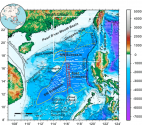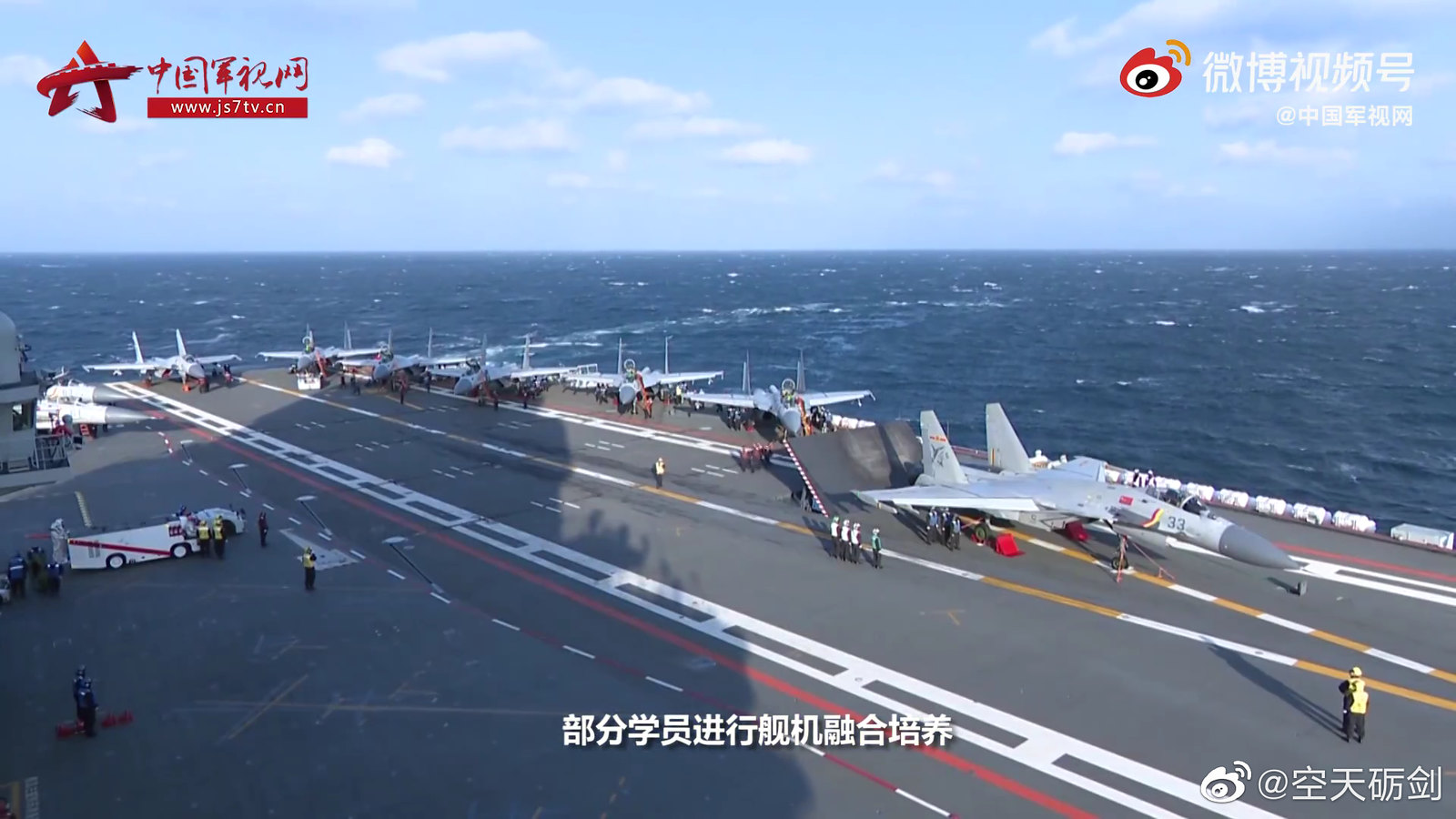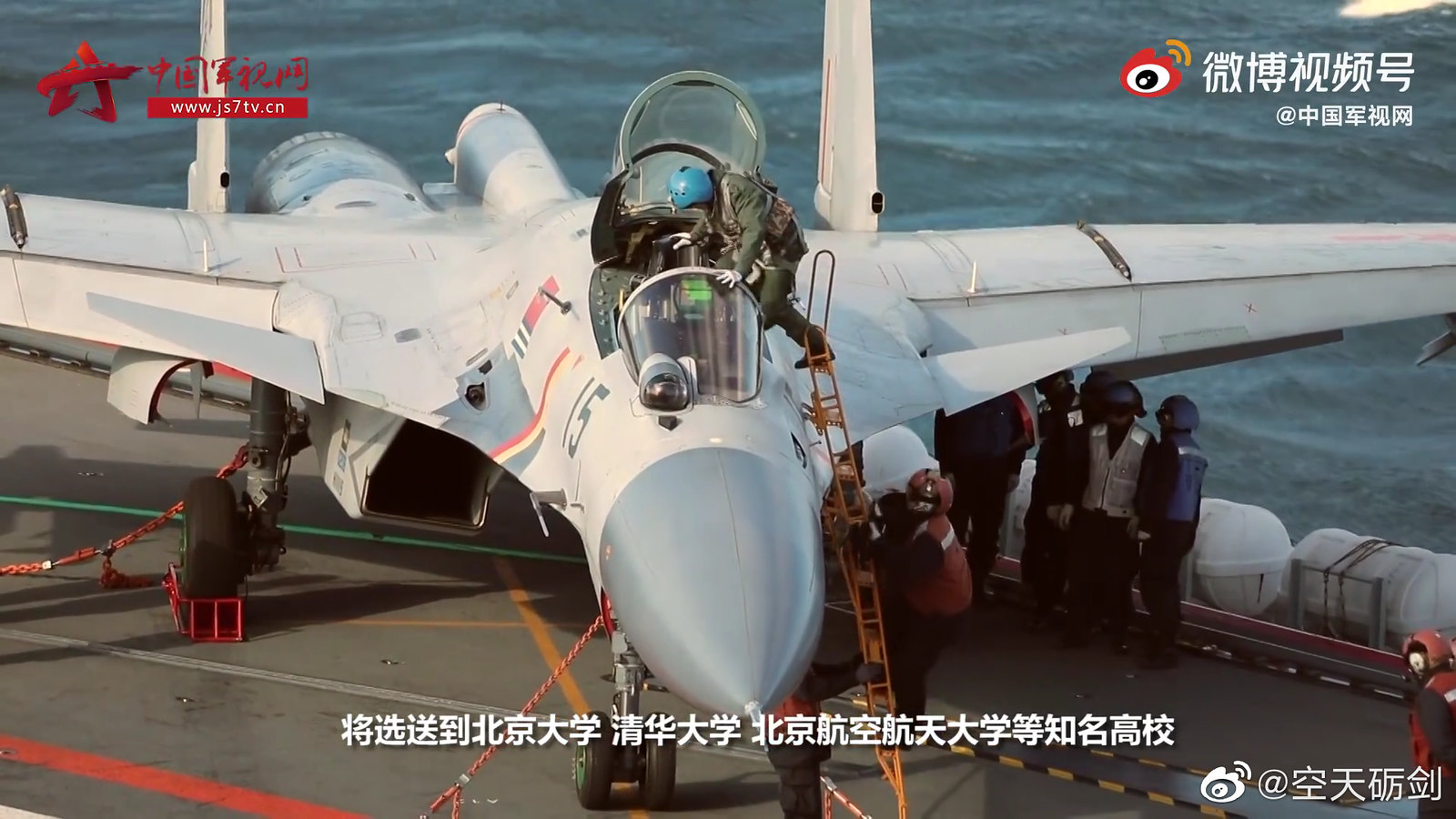The term "help" is not very accurate. There are only eternal interests between countries. A large part of Russia's technology transactions with China is because Russia wants to make money. Of course, this will benefit China's military technology development to a certain extent.Russian (and Ukrainian) help, both direct and indirect, have been critical in China's carrier program development, i.e. Varyag, T-10K-3. In fact, their help has also been instrumental in China's overall naval development. They're reflected in the acquisitions of Sovremenny destroyers, Kilo conventional submarines, Zubr LCAC and critical subsystems such as GT-25000 gas turbine, various radar systems, missiles and CIWS etc. They not only filled some critical needs at the time, but also influence the future development of the respective indigenous naval programs.
Without Russia help and input, China's naval program development would have been significantly delayed.
To be sure, China has had her long-term strategy and planning for the navy. As early as in 1980's, China had already had its first training and graduating class for carrier captains. It had been studying carrier design, construction and operations for a long time. It is this vision, studies and programs that had driven and strung together these acquisitions and developments, aided by the booming economy and the vast, fast-developing industrial base including the ship-building industry, into a coherent and successful program.
The latter is what differentiates Chinese from Indian carrier developments. India has all the access to foreign technologies and more.
You are using an out of date browser. It may not display this or other websites correctly.
You should upgrade or use an alternative browser.
You should upgrade or use an alternative browser.
CV-17 Shandong (002 carrier) Thread I ...News, Views and operations
- Thread starter Jeff Head
- Start date
- Status
- Not open for further replies.
The term "help" is not very accurate. There are only eternal interests between countries. A large part of Russia's technology transactions with China is because Russia wants to make money. Of course, this will benefit China's military technology development to a certain extent.
In so far as all help is, and can only be, motivated by interest, a recipient pretending that Interest makes the help not quite help reflects something that is not motivated by interest - a fragile ego.
With most past SCS still very shallow, how easy (or difficult) will it be for a sub (SSK) to sneak over there?In that area, there are probably a number of ships, including the SURTASS like catamarans, that are constantly listening for submarines.
I thought PLAN had an underwater network sensors to detect subs in SCS.
Hendrik_2000
Lieutenant General
Not really some part of SCS is deep a perfect place to hide submarineWith most past SCS still very shallow, how easy (or difficult) will it be for a sub (SSK) to sneak over there?
I thought PLAN had an underwater network sensors to detect subs in SCS.

Topography and bathymetry map of the South China Sea region. The white box encloses the study area (enlarged in Figure 2). The solid yellow, dashed yellow, dashed black, and dashed lavender lines represent continentocean boundaries (COBs), which were taken from Briais et al. [1993], Hsu et al. [2004], Wang et al. [2006], Zhu et al. [2012], and Lester et al. [2014]. The dashed white lines represent magnetic anomaly belts [Briais et al., 1993]. Bathymetric data were taken from GEBCO_08 [2009].
Source publication
asif iqbal
Banned Idiot
If you have a big enough Dong, you don't need no escorts...
Jokes aside, look 2 kilos ahead of her, slightly to the port side. I think usually escorts would spread out and keep some distance from the carrier. So if you are zoomed in onto the carrier, you may not see the escorts.
no a carrier needs a escorts no matter what 24/7
asif iqbal
Banned Idiot
busy deck 003 should be able to do a simultaneous launch and recovery
Simultaneous?busy deck 003 should be able to do a simultaneous launch and recovery
Nah mate. You don't do simultaneous launches and recovery unless you want to lose some air-frames and pilots and cause a disaster on the deck.
Intrepid
Major
Not only on the deck but also in the air. It is no good idea to have recovery and departures at the same time arround an military airfield when approaching with break over the field and traffic patterns.Nah mate. You don't do simultaneous launches and recovery unless you want to lose some air-frames and pilots and cause a disaster on the deck.
- Status
- Not open for further replies.





